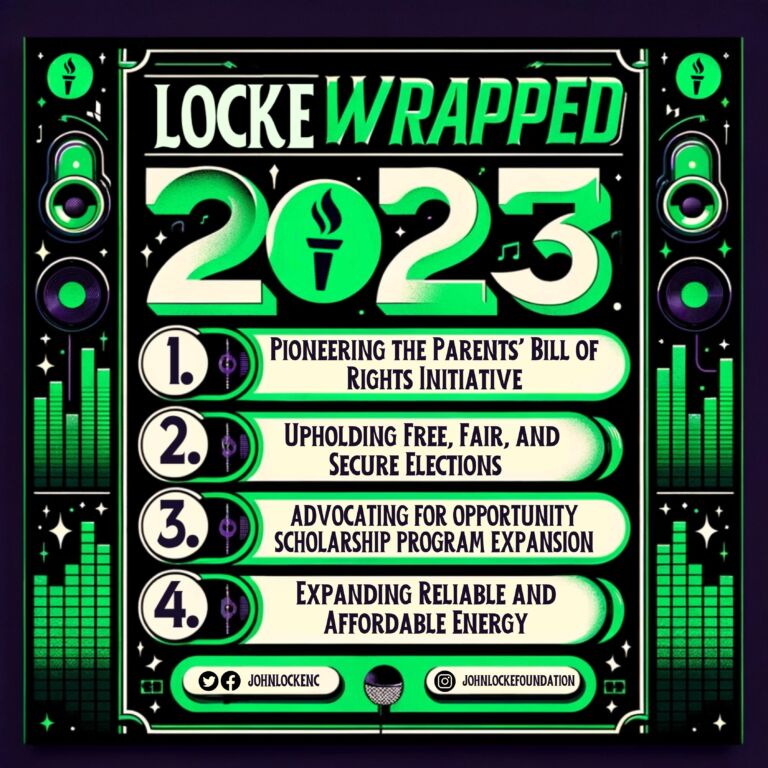Politicians and media cheered the passage into law of Senate Bill 305, which would allow the North Carolina Eastern Municipal Power Agency to sell its ownership in four power plants to Duke Energy Progress for $1.2 billion, reducing NCEMPA’s $1.7 billion debt to $480 million.
The bill is expected to yield rate reductions for electricity consumers in the 32 NCEMPA cities and towns, reportedly by around 10 percent.
Some reactions:
- Gov. McCrory: This is a good day for jobs in North Carolina. … The fact of the matter is, if we don’t have reasonable and reliable and low electric rates throughout North Carolina, we’re not going to be successful in having the Carolina Comeback throughout North Carolina.
- Governor’s office press release: The lower electric rates this purchase should produce will save consumers money and make the region more attractive to job creators who want to take advantage of the region’s talented workforce and special quality of life.
- Sen. Angela Bryant (D-Rocky Mount): This sale doesn’t just benefit eastern North Carolina, as it will provide fuel savings to all Duke Progress customers and support economic growth and development across the state.
- WECT: Residents in Southport could soon see lower electric bills. Governor Pat McCrory signed a bill Thursday that is expected to lower electric rates for residents in eastern North Carolina and attract new jobs to the region.
- WRAL: Lawmakers have predicted savings for NCEMPA’s 270,000 customers – Apex, Clayton, Smithfield and Wake Forest also are part of the cooperative – would drop [rates] by at least 10 percent in the coming months, which should also help the cities and towns attract new business and jobs.
- Sen. E.S. (Buck) Newton (R-Johnston, Nash, Wilson): [Gov. McCrory] understands that these electric rates were really a boot on the neck of this part of the state, on families and small businesses.
WRAL offers a glimpse at those who would be helped — i.e., from whose necks that boot would be lifted. It’s worth keeping in mind their struggles when talking about the state’s renewable portfolio standards (RPS) mandates, which currently cost consumers an extra $252 million per year, a cost that isn’t a great deal more solely because of cost caps that are in increasing tension with the demands of the RPS mandate.
These are examples of consumers who the renewable-energy lobby want legislators to overlook as they beg for never-ending state support of their industry:
“It costs me an arm and a leg – and somebody else’s body parts, too. It’s a lot,” said Shannon Taylor, an unemployed mother of three. “If I didn’t use any heat, my bill was still like $600 or $700. That’s like triple my rent.”
Retiree Gary Nevins, 72, pays $316 a month for electricity in his 1,000-square-foot apartment.
“Do I stay warm or eat?” Nevins said of the dilemma he often faced. “That’s a big choice.”
Eddie Hopkins, a veteran on disability, said his March bill was $849.
“Honestly, who uses that much electricity in a month’s time?” Hopkins asked. “All of us are not making the same mistakes. All of us are not intentionally running our light bills up.”


